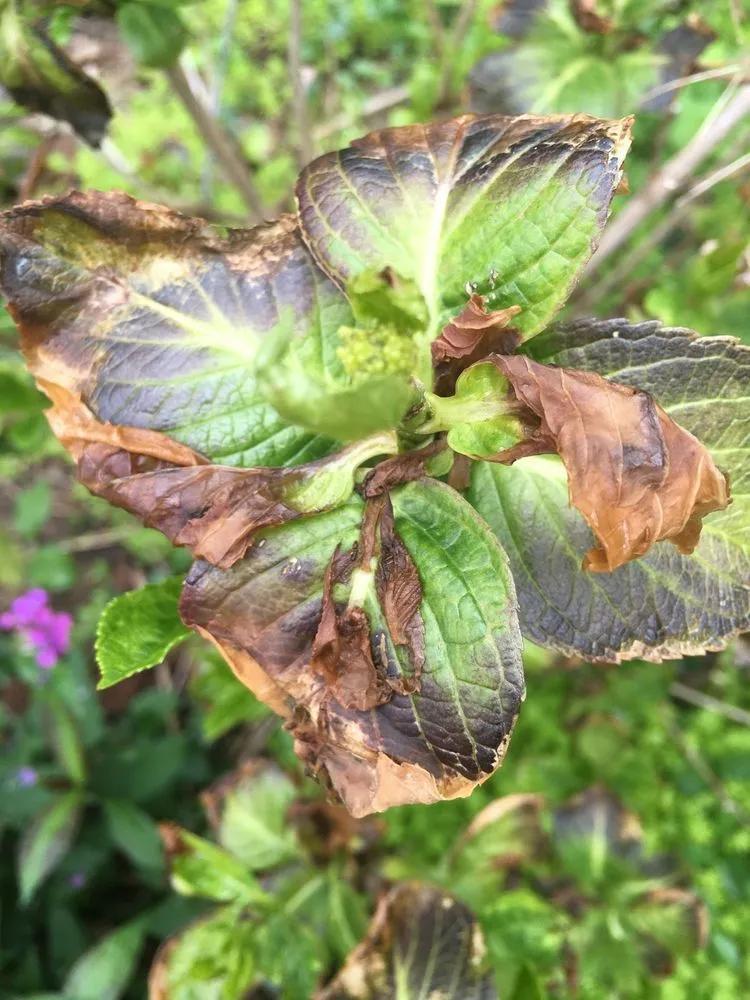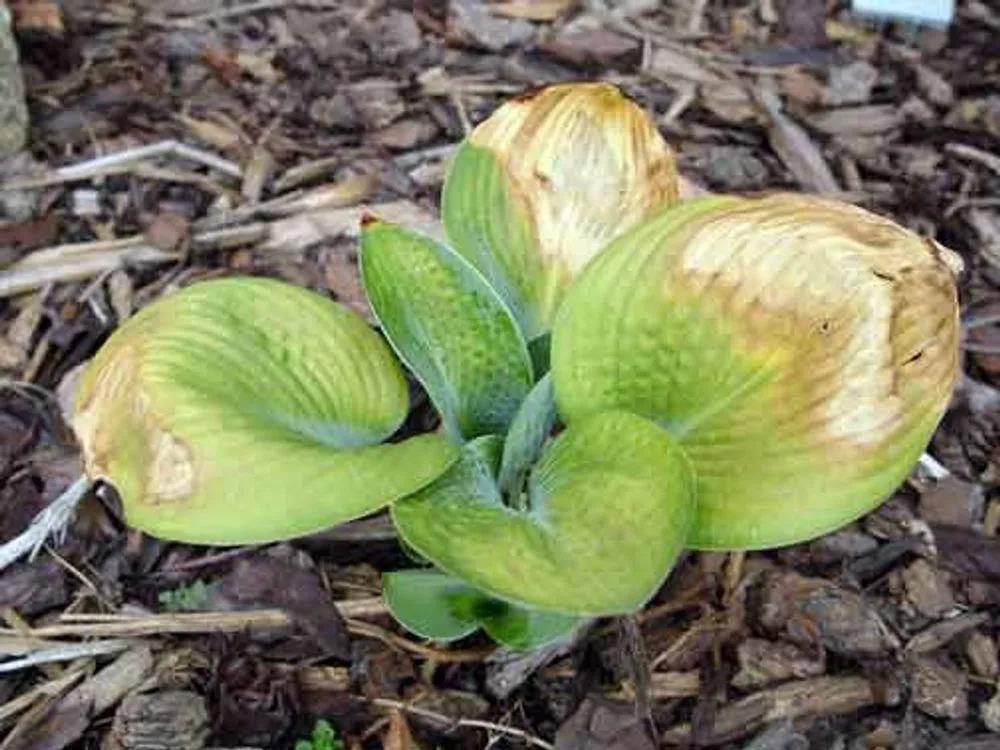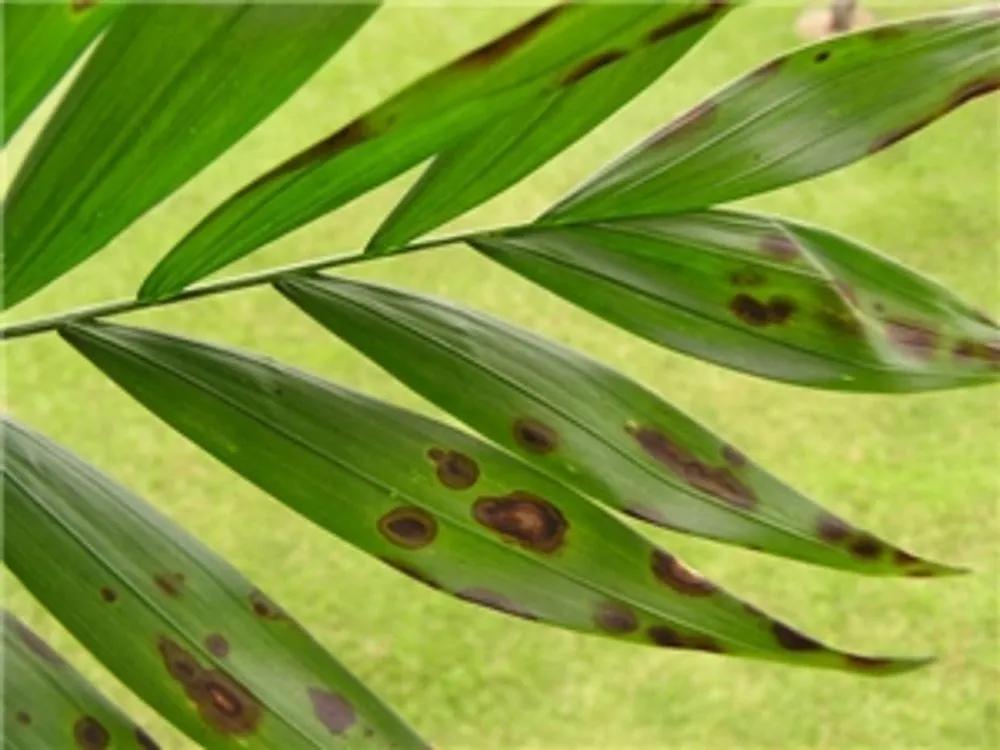This disease can be caused by living things such as fungi, insects, etc., or by other factors such as unsuitable conditions. The plant can have an abiotic disorder if exposed to unsuitable conditions for a prolonged period. So lack of space for roots, and in general, bad air circulation, not good quality of water or just polluted water, too much wetness, and lack or too much light also can contribute to this disorder.
Abiotic Disorder in Plants



Signs of damage
- Yellowish foliage. This sign is crucial in many diseases because it signals that something is off about its health.
- Premature fall coloration. Another example is that the plant is stressed and susceptible to various diseases.
- Formation of too-small leaves. Since an affected plant loses its vigor, it doesn’t have the resources to form bigger leaves.
- Branch death. It can be noticed when the disease progresses.
- Wilting. It is also a sign of weakening.
How to prevent
We can recommend you provide the needed conditions for your plant. First, provide it with needed space; if it is a tree, Google in advance of its potential size, which will help plant it in the best spot. Secondly, planting as a process is extremely important, don’t plant it too deeply, and be careful with roots.
Heal
It would be best to detect what has caused the disease, pest, or lack of care (or too much of it sometimes). When you have done your research, you can move on to the treatment suitable for your plant. When the problems are caused by soil, you can “aerate” it using an air tool that won’t damage the roots. Pruning will also help the plant recover from the disease.
Go Premium to continue reading
Also you’ll get unlimited access to disease identification and all the other beneficial features
More problems
